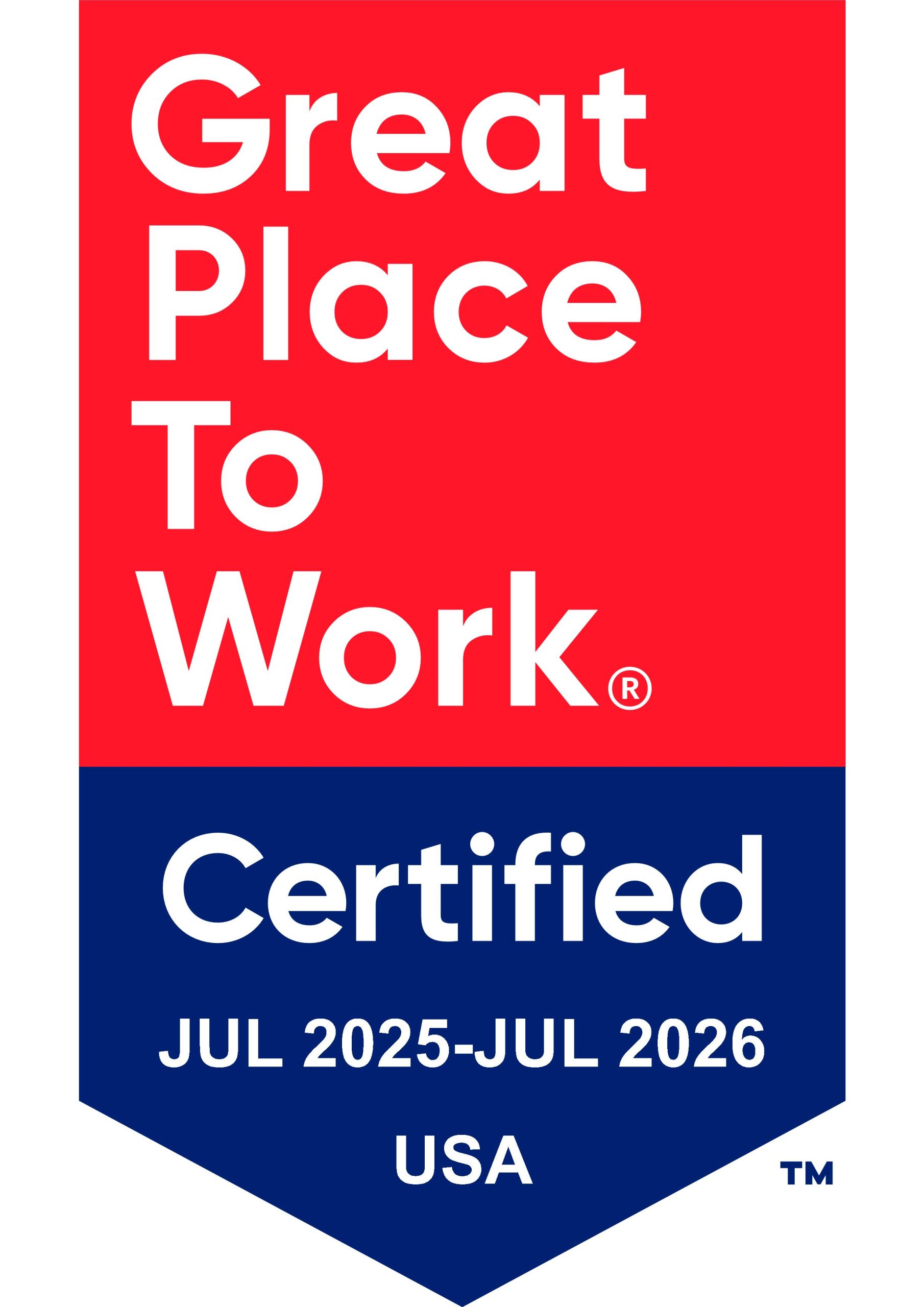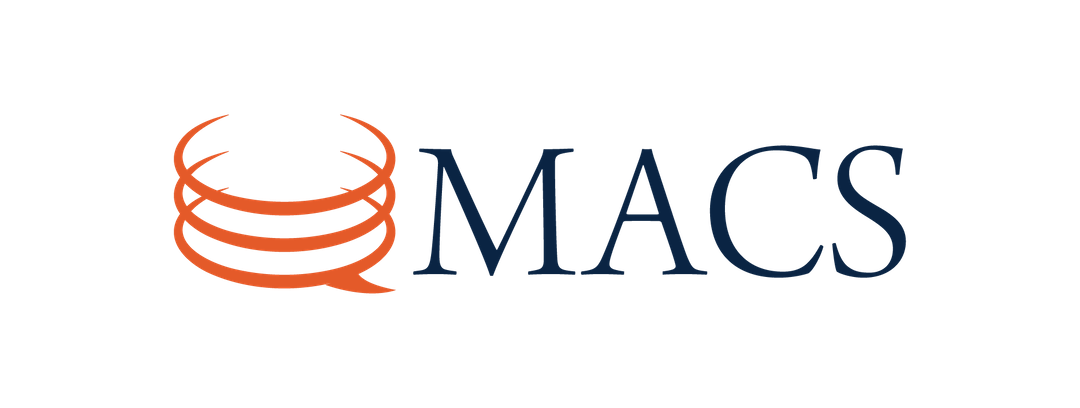Have you ever wondered why some medical practices seem to glide through billing processes while others struggle with constant denials and compliance headaches? The secret isn’t in their billing software or their patient volume—it’s in their people.
Healthcare billing has evolved into a labyrinth of ever-changing codes, payer requirements, and regulatory updates. A single misplaced modifier or outdated procedure code can delay payment for weeks, costing practices thousands in cash flow disruptions. Yet many healthcare administrators still view staff training in medical billing as an expense line item rather than what it truly is: a profit-generating investment.
Here’s what we’ve learned from working with hundreds of practices: the organizations that invest consistently in their billing team’s education don’t just reduce errors—they fundamentally transform their revenue cycle performance. They see faster reimbursements, fewer compliance issues, happier staff, and ultimately, stronger bottom lines.
This article breaks down the real return on investment of continuous billing education, examining how ongoing staff training in medical billing directly impacts revenue cycle efficiency, compliance posture, patient satisfaction, and long-term growth. We’ll explore the hidden costs of undertrained staff, the compound benefits of continuous education, and practical strategies for implementing training programs that pay for themselves many times over.
What Is Ongoing Staff Training in Billing?
Think back to your first day in any new role. Remember that mix of excitement and overwhelm? Now imagine that feeling never quite goes away because the rules of your job change every few months. That’s the reality for medical billing staff in today’s healthcare environment.
Ongoing billing staff training differs fundamentally from traditional one-time onboarding programs. While initial training covers the basics—understanding your practice management system, learning fundamental coding principles, and grasping general compliance requirements—continuous education addresses the dynamic nature of healthcare billing. It’s the difference between learning to drive once and attending regular safety courses to stay current with new traffic laws, vehicle technologies, and road conditions.
The healthcare billing landscape shifts constantly, driven by regulatory updates, payer policy changes, and technological advances. Consider this: the Centers for Medicare & Medicaid Services releases hundreds of policy updates annually. Commercial payers frequently modify their coverage policies and prior authorization requirements. New CPT codes are introduced each year, while others are retired or modified. Without regular training updates, even the most skilled billing professional can find themselves operating with outdated information, leading to costly errors and missed revenue opportunities.
Effective ongoing staff training in medical billing encompasses several key components: regular compliance updates to keep pace with changing regulations, coding refreshers to address new procedures and documentation requirements, payer-specific training to optimize reimbursement from different insurance companies, and technology training to maximize the efficiency of billing software and tools. This isn’t about cramming more information into already busy schedules—it’s about creating a culture of continuous learning that keeps your team sharp, confident, and effective.
The ROI of Ongoing Staff Training in Medical Billing
Reduced Claim Denials and Faster Reimbursements
Picture this scenario: your billing specialist submits a claim for a routine procedure, but it’s denied because of a documentation requirement that changed three months ago. The claim sits in the denial bucket for two weeks before anyone notices. Then it takes another week to gather the required documentation, resubmit the claim, and wait for processing. What should have been a 14-day payment cycle has stretched to six weeks, and your practice has lost valuable cash flow.
This scenario plays out thousands of times across healthcare practices that don’t invest in regular training. Staff training in medical billing directly addresses this problem by keeping team members current on the latest coding updates, documentation requirements, and payer-specific policies. When billing professionals understand the nuances of different insurance requirements, they can submit clean claims the first time, dramatically reducing denial rates and accelerating reimbursement cycles.
The financial impact becomes clear when you examine the mathematics of claim processing. A practice that reduces its denial rate from 10% to 5% while simultaneously decreasing average days in accounts receivable from 45 to 35 days experiences a compound benefit. Not only does more revenue flow in initially, but it flows faster, improving cash flow and reducing the need for credit lines or delayed vendor payments. I’ve worked with practices that calculate this improvement saves them thousands in interest payments and late fees annually.
Training also enables billing staff to identify and address potential issues before claims are submitted. Well-trained professionals can spot incomplete documentation, verify insurance eligibility more effectively, and ensure proper coding alignment with medical records. This proactive approach prevents problems rather than fixing them after they occur, creating a more efficient and profitable revenue cycle process.
Improved Compliance and Risk Reduction
Remember the anxiety you felt before taking any major test? That’s how many practice administrators feel about compliance audits—and for good reason. Healthcare compliance violations can result in penalties ranging from thousands to millions of dollars, not to mention the reputational damage and operational disruption that accompanies investigations.
Ongoing healthcare billing training serves as your practice’s insurance policy against compliance risks. When billing staff stay current on HIPAA requirements, CMS guidelines, and payer-specific regulations, they make fewer mistakes that could trigger audits or investigations. This isn’t just about avoiding penalties; it’s about creating a culture of compliance that protects your practice’s long-term viability and reputation in the community.
Consider the complexity of modern compliance requirements. The Medicare Access and CHIP Reauthorization Act (MACRA) introduced new quality reporting requirements. The 21st Century Cures Act modified certain documentation standards. Commercial payers continuously update their coverage determination policies. Without regular training, billing staff may inadvertently violate regulations they don’t even know have changed. I’ve seen practices receive substantial penalties for non-compliance with rules that were updated months after their last training session.
The peace of mind that comes with robust compliance training extends beyond financial protection. When administrators know their billing team is well-trained and current on regulations, they can focus on strategic initiatives rather than worrying about potential compliance issues. This operational confidence translates to better decision-making, more aggressive growth strategies, and stronger relationships with referring physicians who trust the practice’s professionalism and competence.
Higher Staff Productivity and Job Satisfaction
Have you ever noticed how much faster you work when you’re confident in your abilities versus when you’re second-guessing every decision? This psychological principle drives one of the most significant benefits of ongoing billing staff training: dramatically improved productivity and job satisfaction.
Well-trained billing professionals work more efficiently because they spend less time researching unfamiliar codes, fewer hours correcting mistakes, and reduced energy managing the stress of uncertainty. When staff members understand the “why” behind billing requirements—not just the “what”—they make better decisions, work more independently, and take greater ownership of their results. This autonomy creates a positive feedback loop: better performance leads to greater confidence, which leads to even better performance.
The productivity gains are measurable and significant. Practices that invest in comprehensive training programs typically see 20-30% improvements in claims processing speed, 40-50% reductions in billing-related patient inquiries, and substantial decreases in the time spent on denial management. These efficiency improvements allow practices to handle larger patient volumes without proportionally increasing billing staff, effectively reducing the cost per claim processed.
Staff turnover in medical billing averages around 25% annually across the healthcare industry, with replacement costs ranging from $15,000 to $25,000 per position when you factor in recruiting, training, and lost productivity during the transition period. Practices that prioritize ongoing education see significantly lower turnover rates because staff feel valued, supported, and confident in their roles. The cost savings from reduced turnover alone often justify the entire training investment, making everything else pure profit.
Better Patient Financial Experience
Your patients don’t separate their clinical experience from their financial experience—they view them as one integrated interaction with your practice. When billing processes are smooth, transparent, and accurate, patients trust your practice more completely. When billing is confusing, error-prone, or frustrating, that negative experience colors their entire perception of your care quality.
Trained billing staff communicate more effectively with patients because they understand the complexities of insurance coverage, can explain billing statements clearly, and resolve issues quickly and confidently. Instead of saying, “Let me check with someone else,” a well-trained team member can provide immediate answers and solutions. This expertise builds patient confidence and reduces the anxiety many people feel about medical bills.
The financial counseling aspect of billing staff training pays particularly high dividends. When team members can accurately estimate patient responsibility, explain payment options clearly, and help patients understand their insurance benefits, collections improve dramatically. Patients are more likely to pay balances they understand and trust. They’re also more likely to schedule follow-up appointments and refer friends and family to practices where they’ve had positive financial experiences.
Consider the ripple effects of improved patient financial experiences: higher patient retention rates, increased referrals, better online reviews, and stronger community reputation. These benefits compound over time, creating sustainable competitive advantages that drive long-term practice growth and profitability.
Long-Term Revenue Growth and Scalability
Think of staff training in medical billing as compound interest for your practice’s operational capacity. The benefits don’t just add up—they multiply over time, creating exponential improvements in efficiency, accuracy, and profitability.
Practices with well-trained billing teams can scale their operations more effectively because their systems are built on solid foundations of competence and consistency. When you need to add new providers, expand service lines, or open additional locations, trained staff can adapt more quickly to new requirements and maintain quality standards throughout the growth process. This scalability advantage allows practices to pursue growth opportunities that less-prepared competitors might find overwhelming.
The competitive advantages created by superior billing operations extend throughout the healthcare ecosystem. Referring physicians prefer working with practices that handle billing smoothly, reducing patient complaints and administrative headaches. Payers develop better relationships with practices that submit clean claims and communicate professionally. Patients become loyal ambassadors when their financial experiences consistently exceed expectations.
Revenue optimization becomes an ongoing process rather than a periodic crisis management exercise. Well-trained billing teams identify opportunities for improved coding accuracy, spot trends in denial patterns before they become major problems, and suggest operational improvements that enhance the entire revenue cycle. This proactive approach to revenue cycle management creates sustainable competitive advantages that compound annually.
How to Implement Effective Ongoing Billing Training
Building an effective training program doesn’t require expensive consultants or complex learning management systems—it requires commitment, consistency, and creativity. The most successful programs combine multiple learning formats to accommodate different learning styles and scheduling constraints.
Monthly lunch-and-learn sessions work exceptionally well for busy practices. These 30-45 minute sessions can focus on specific topics like new CPT codes, payer policy updates, or compliance reminders. The informal setting encourages questions and discussion while the regular schedule ensures consistent learning. Many practices rotate responsibility among staff members, allowing team members to research topics and teach their colleagues, which reinforces learning for everyone involved.
Quarterly workshops provide opportunities for deeper dives into complex topics like modifier usage, documentation improvement, or appeals strategies. These longer sessions allow for hands-on practice, role-playing scenarios, and detailed case studies. External trainers can bring fresh perspectives and specialized expertise, while internal workshops build team cohesion and practice-specific knowledge.
Online learning platforms offer flexibility for staff members with varying schedules and learning preferences. Many professional organizations provide excellent medical billing staff development resources through webinars, self-paced courses, and certification programs. The American Academy of Professional Coders (AAPC) and Healthcare Financial Management Association (HFMA) offer particularly valuable ongoing education opportunities that combine convenience with credibility.
Professional certification programs deserve special consideration because they provide structured learning paths, objective competency validation, and career development opportunities that improve staff retention. When practices support and reward professional development through certification, they signal their commitment to excellence and create pathways for advancement that keep talented team members engaged and growing.
FAQs About Billing Staff Training
What’s the difference between initial onboarding and ongoing training?
Initial onboarding focuses on the fundamentals—learning your practice management system, understanding basic coding principles, and grasping general compliance requirements. It’s like learning the rules of the road before getting your driver’s license. Ongoing training, however, addresses the dynamic nature of healthcare billing—regulatory updates, payer policy changes, new technologies, and evolving best practices. Think of it as continuing education that keeps your skills current and sharp as the healthcare environment evolves.
The key difference lies in purpose and timing. Onboarding prepares new employees to perform basic job functions safely and accurately. Ongoing training optimizes performance, prevents errors, and adapts skills to changing requirements. While onboarding might take weeks or months, ongoing training should continue throughout a staff member’s career, delivered in manageable doses that build competency over time.
How do you measure ROI on billing training?
Measuring ROI of billing training requires tracking both costs and benefits over time. On the cost side, include direct training expenses (materials, instructor fees, online subscriptions), indirect costs (staff time away from regular duties), and any technology or space requirements. These costs are typically straightforward to calculate and track.
Benefits measurement requires establishing baseline metrics before training begins, then tracking improvements over 12-18 months. Key metrics include: denial rate reduction (calculate revenue recovered from fewer denials), faster payment cycles (measure cash flow improvement from reduced days in accounts receivable), increased productivity (track claims processed per staff member), reduced compliance risks (estimate penalty avoidance), and improved staff retention (calculate savings from reduced turnover costs).
Most practices see positive ROI within 6-12 months, with benefits continuing to compound annually.
Can small practices afford ongoing training?
Small practices often believe they can’t afford comprehensive training programs, but the reality is they can’t afford not to invest in their billing team’s education. The proportional impact of billing errors is actually higher for smaller practices because they have less volume to absorb losses from denied claims or compliance penalties.
Creative approaches make training affordable for practices of all sizes. Sharing costs with other small practices for group training sessions, taking advantage of free webinars and online resources, joining professional associations that provide member training benefits, and implementing peer-to-peer learning programs where experienced staff teach newer team members all reduce costs while maintaining quality.
The key is starting with high-impact, low-cost initiatives and building from there. Even a monthly 30-minute lunch-and-learn session costs very little but can deliver significant improvements in billing accuracy and efficiency. Small practices often see faster ROI because improvements have immediate, noticeable impacts on their operations and cash flow.
How often should billing staff be retrained?
The frequency of retraining depends on several factors: regulatory change cycles, staff experience levels, practice specialty requirements, and identified knowledge gaps. However, most successful practices follow a structured approach that includes monthly brief updates on immediate changes, quarterly focused training sessions on specific topics, annual comprehensive compliance reviews, and immediate training responses to significant regulatory or payer policy changes.
New staff members benefit from more frequent training during their first year, while experienced professionals might need less frequent but more specialized education. The goal isn’t to overwhelm staff with constant training, but to create a rhythm of continuous improvement that keeps skills sharp and knowledge current.
Smart practices also conduct annual skills assessments to identify individual and team training needs, ensuring that education efforts address actual gaps rather than assumed deficiencies. This targeted approach maximizes training effectiveness while respecting staff time and practice budgets.
Conclusion
The evidence is overwhelming: ongoing staff training in medical billing isn’t an expense—it’s one of the highest-return investments a healthcare practice can make. When you consider the compound benefits of reduced denials, faster reimbursements, improved compliance, higher staff productivity, better patient experiences, and enhanced scalability, the ROI becomes undeniable.
But here’s what excites me most about practices that embrace continuous education: they don’t just improve their billing operations—they transform their entire organizational culture. They become learning organizations that adapt quickly to change, attract and retain top talent, and consistently deliver exceptional experiences to patients and staff alike.
The healthcare landscape will continue evolving at an accelerating pace. Practices that view change as an opportunity for growth rather than a threat to stability will thrive in this environment. The foundation of that adaptability is a well-trained, continuously learning team that approaches challenges with confidence and competence.
Your billing staff represents the financial heartbeat of your practice. Investing in their ongoing education isn’t just about improving today’s operations—it’s about building the capabilities that will drive your practice’s success for years to come. The question isn’t whether you can afford to invest in training; it’s whether you can afford not to.
Ready to transform your practice’s financial performance through strategic staff development? Start by assessing your current training program, establishing baseline metrics, and committing to a culture of continuous learning. Your staff, your patients, and your bottom line will thank you for making this investment in excellence.


